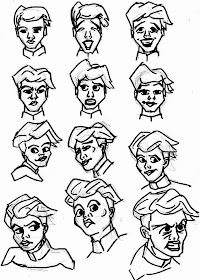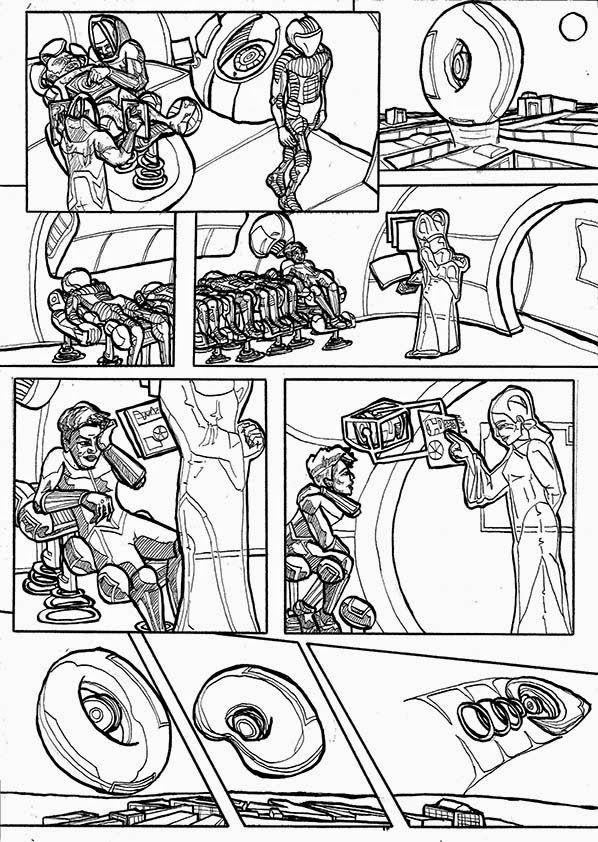I thought I should do a bit of practice done, so I went looking for some useful hands and face references.
This hands piece is from a guy on Deviantart called CoranKizerStone.
This expressions piece is from another Deviantart user, Shingworks.
I found these on the Pinterest board of Americantuff he us artist Chriscross. If you don't already know his work, whether it's from his runs on Blood syndicate and Heroes for Milestone, Captain Marvel for, well, Marvel, either Xero or his current work on Katana for DC (which I''ll be picking up on my next trip to my comic shop), you owe it to yourself to familiarise yourself with him.
One of Chris's biggest strengths (among many) is the emotional expression and storytelling he gets into his work, especially through facial expression. Seriously, I aspire to be half as good at that, and seeing some of the stuff he uses to practice is a great insight, and something I plan to make use of. Here are some examples of his work, starting with the Blood Syndicate about to wail on mullet-Superman.
©2014 James Mathurin
This hands piece is from a guy on Deviantart called CoranKizerStone.
This expressions piece is from another Deviantart user, Shingworks.
I found these on the Pinterest board of Americantuff he us artist Chriscross. If you don't already know his work, whether it's from his runs on Blood syndicate and Heroes for Milestone, Captain Marvel for, well, Marvel, either Xero or his current work on Katana for DC (which I''ll be picking up on my next trip to my comic shop), you owe it to yourself to familiarise yourself with him.
One of Chris's biggest strengths (among many) is the emotional expression and storytelling he gets into his work, especially through facial expression. Seriously, I aspire to be half as good at that, and seeing some of the stuff he uses to practice is a great insight, and something I plan to make use of. Here are some examples of his work, starting with the Blood Syndicate about to wail on mullet-Superman.
©2014 James Mathurin















































